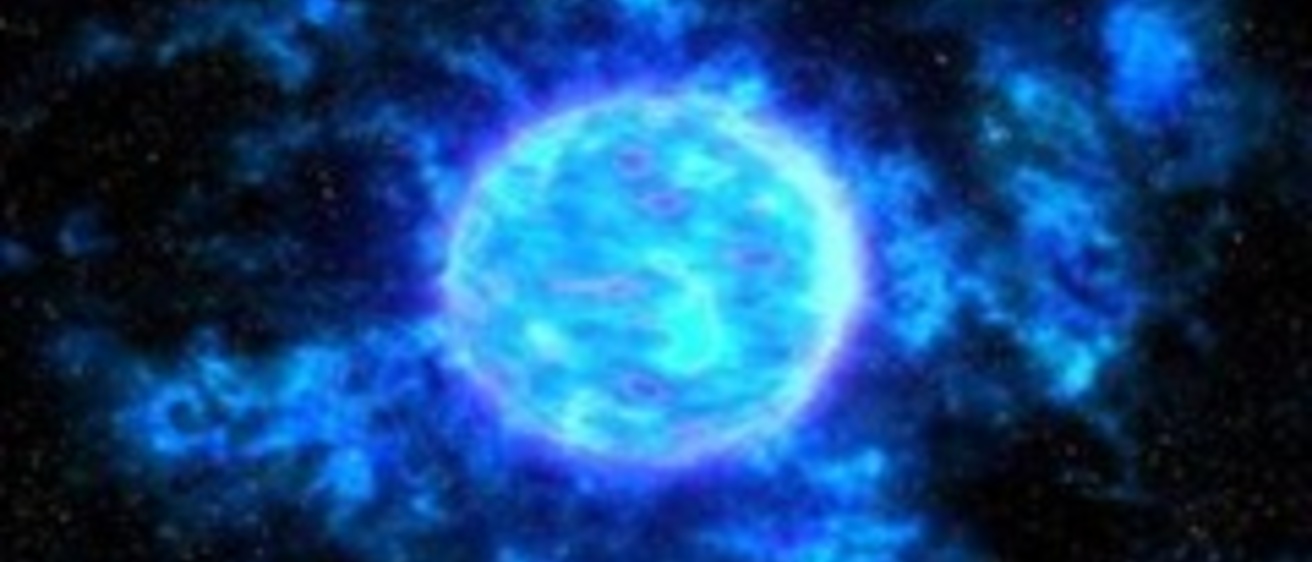
Levels: 2
Learning Goals: Students will classify Wolf-Rayet spectra, and identify the emission lines in each spectrum. The successful completion of this lab will require an understanding of spectral features and the interpretation of spectra.
Challenge: Stars produce detailed spectra that are one of the most important sources of information about the star. Main sequence stars will have a spectrum curving along the Planck function with absorption lines for major elements like hydrogen dipping down. But some spectra look unusual: Instead of dipping absorption lines, they have towering emission lines. How might this pattern of peaks and wiggles give us a picture of the chemical make up of a star?
In this lesson you will apply your understanding obtained in lecture of the features and origin of a spectrum to examine several unusual examples. You will set up observations for at least three and preferably up to five or six stars through the University of Iowa's robotic telescope, Rigel, located in southern Arizona.
Throughout this lab you will collaborate with your group to build a consensus on identifying the major spectral lines and answering the analysis questions. For each line, you will want to describe how you decided on each identity. Students will also be asked on the worksheet to classify each Wolf Rayet star according to the two main types described in the introduction.



